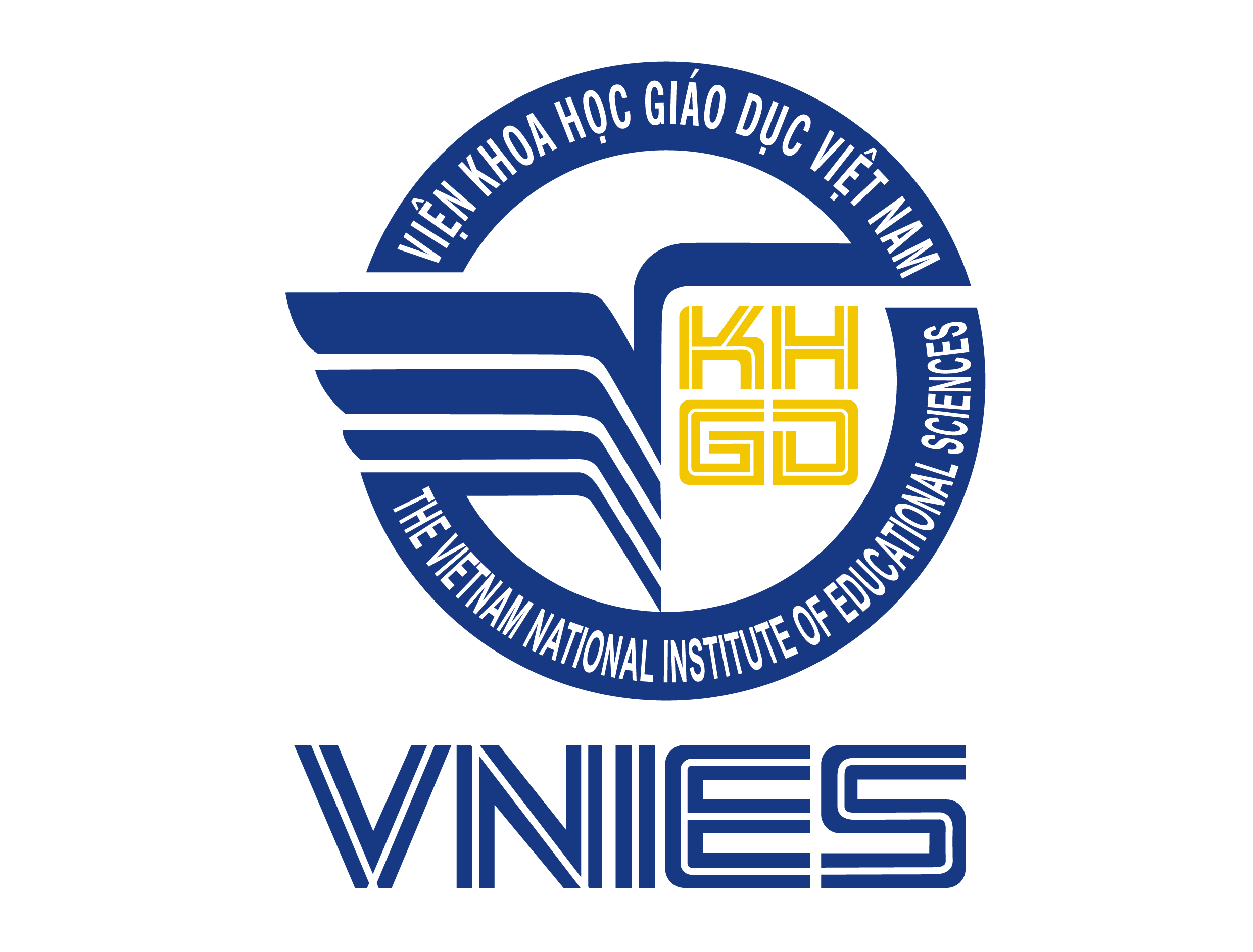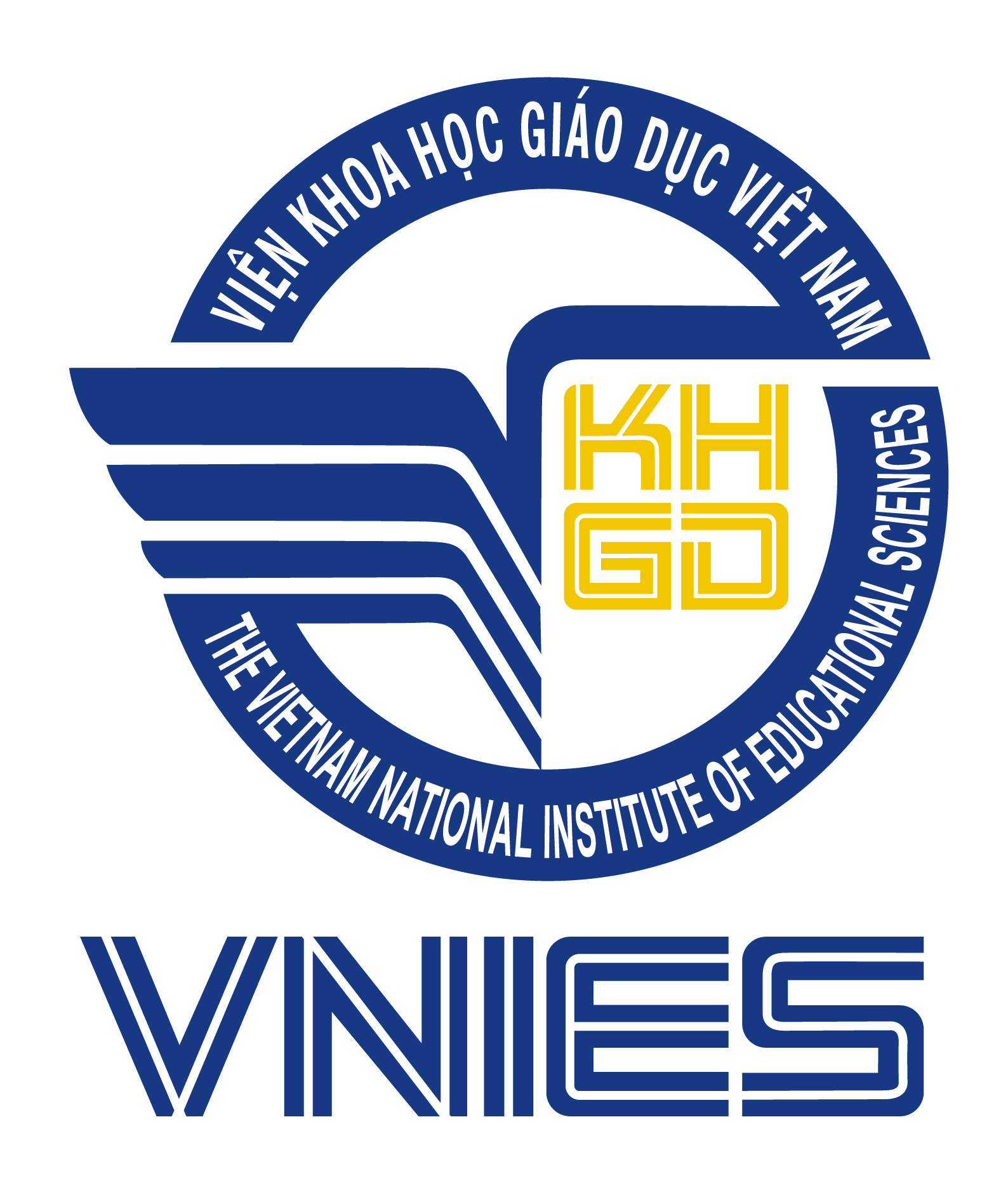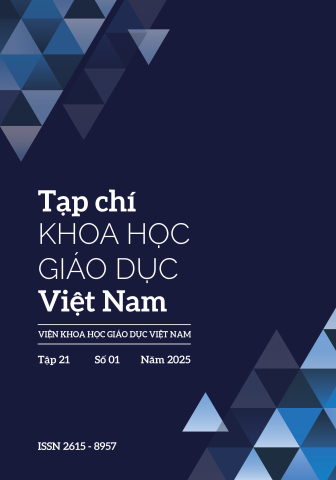Bài viết tổng quan tư liệu về giảng dạy tiếng Anh như ngôn ngữ thứ hai nhằm nhận diện các giải pháp tiềm năng giúp nâng cao hiệu quả dạy học tiếng Anh như ngôn ngữ thứ hai trong nhà trường Việt Nam. Trên cơ sở phân tích, tổng hợp tư liệu liên quan, bài viết bắt đầu với việc nêu lên bối cảnh toàn cầu của tiến trình chuyển đổi dạy học tiếng Anh như môt ngoại ngữ (EFL) theo mô thức dạy học tiếng Anh như ngôn ngữ thứ hai (ESL). Sau đó, ba giải pháp được đề xuất là: 1) Áp dụng các mô hình CLIL và CBI; 2) Áp dụng các lí thuyết lĩnh hội ngôn ngữ thứ hai (SLA); 3) Khai thác AI như một nhà hỗ trợ tích cực phương pháp luận giảng dạy ESL.
[1] Brinton, D. (2003). Content-based instruction. In D. Nunan (Ed.), Practical English Language Teaching, pp. 199–224. New York: McGraw Hill.
[2] Cummins, J. (2000a). Language, power, and pedagogy: Bilingual children in the crossfire. Clevedon, UK: Multilingual Matters.
[3] Cummins, J. (2000b). BICS and CALP. In M. Byram (Ed.), Encyclopedia of language teaching and learning, pp. 76-79.
[4] Davies, S. (2003). Content-based instruction in EFL contexts. The Internet TESL Journal, 9(2). Retrieved from http://iteslj.org/.
[5] Dewey, M. (2010). English in English language teaching: Shifting values and assumptions in changing circumstances. Working Papers in Educational Linguistics, 25(1), p.1-15.
[6] Fitria, T. N. (2023). The use of artificial intelligence in education (AIED): Can AI replace teachers’ roles. Epigram, 20(2), p.165-187.
[7] Hoque, M. E. (2017). An introduction to second language acquisition. Education and Development Research Council (EDRC) Bangladesh. Retrieved from. https://www.researchgate.net/profile/Jim Cummins/publication/242539680_Basic_Interper sonal_Communicative_Skills_and_Cognitive_ Academic_Language_Proficiency.
[8] Ikeda, M., Izumi, S., Watanabe, Y., Pinner, R., & Davis, M. (2022). Soft CLIL and English language teaching: Understanding Japanese policy, practice and implications. Routledge.
[9] Irie, K. (2003). What Do We Know About the Language Learning Motivation of University Students in Japan? Some Patterns in Survey Studies. JALT Journal, 25(1):86-100.
[10] Jacobs, G. M., & Farrell, T. S. C. (2003). Understanding and implementing the CLT (Communicative Language Teaching) paradigm. RELC Journal, 34(1), p.5–30
[11] Jordan, G. & Long, M. (2022). English Language Teaching Now and How It Could Be. Newcastle upon Tyne: Cambridge Scholars Publishing
[12] Krashen, S. D. (1981). Second language acquisition and second language learning. Oxford: Pergamon.
[13] Krashen, S. D. (1982).Principles and Practice in Second Language Acquisition. Pergamon Press Inc
[14] Lazzat, K. (2024). The evolution of language learning: Exploring AI’s impact on teaching English as a second language. Eurasian Science Review, 2(4), p.133–137.
[15] Lee, C., & Phua, C. P. (2020). Singapore bilingual education: One policy, many interpretations. Journal of Asian Pacific Communication, 30(1–2), p.90–114.
[16] Lessard-Clouston, Michael (2018). Second Language Acquisition Applied to English Language Teaching. TESOL Press
[17] Longcope, P. (2010). Differences between the EFL and the ESL language learning contexts. Retrieved from http://www.lang.nagoya-u.ac.jp/proj/ genbunronshu/30-2/longcope.pdf.
[18] Markee, Numa (1997). Second Language Acquisition Research: A Resource for Changing Teachers’ Professional Cultures? The Modern Language Journal, Vol. 81, No. 1, Special Issue: How Language Teaching Is Constructed (Spring, 1997), pp. 80-93.
[19] Marsh, D. (2007). The CLIL quality matrix: Achieving good practice in content and language integrated learning/bilingual education. ECML Conference, Graz.
[20] Miao, R. (2015). Second language acquisition: An introduction. In J. D. Wright (Ed.), International Encyclopedia of the Social & Behavioral Sciences (2nd ed., pp. 360–367). Elsevier.
[21] Nguyễn Phúc Quân. (5/2023). CHATGPT - Động lực đổi mới giáo dục: Vai trò của giáo viên trong kỉ nguyên trí tuệ nhân tạo. Tạp chí Khoa học Quản lí Giáo dục, số đặc biệt.
[22] Nguyễn Thị Thu Hằng & Nguyễn Thị Mai Hoa. (2024). Giảng dạy tích hợp nội dung và ngôn ngữ (CLIL) ở Việt Nam: Thách thức và giải pháp. Tạp chí Nghiên cứu nước ngoài, tập 40, số 2, tr.1-13.
[23] Nikula, T. (2016). CLIL: A European approach to bilingual education. In N. V. Deusen-Scholl & S. May (Eds.), Second and foreign language education. Springer International Publishing. Retrieved from https://doi.org/10.1007/978-3-319-02323-6_10-1.
[24] Paltridge, B.& Prior, M. T. (Eds, 2024). The Routledge Handbook of Second Language Acquisition and Discourse. Routledge.
[25] Peng, S. (2019). A study of the differences between EFL and ESL for English classroom teaching in China. IRA International Journal of Education and Multidisciplinary Studies, 15(1), p.32–35. Retrieved from http://dx.doi.org/10.21013/jems.v15.n1.p4.
[26] Richards, J. C., & Schmidt, R. (2002). Longman dictionary of language teaching and applied linguistics (3rd ed.). Pearson Education
[27] Said, S. D., Sihes, A. J., & Yusof, S. M. (2018). Theme-based instruction method in English reading comprehension: Using Makassar local culture-based curriculum contents. Journal of Physics: Conference Series, 1028(1). https://doi. org/10.1088/1742-6596/1028/1/012098.
[28] Saville-Troike, M. (2012). Introducing language acquisition (2nd ed.). Cambridge University Press.
[29] Snow, M. A. (2001). Content-based and immersion models for second and foreign language teaching. In M. Celce-Murcia (Ed.), Teaching English as a second or foreign language, 3rd ed., pp. 303–318. Boston, MA: Heinle & Heinle.
[30] Vattakavanich, P., & Tucker, A. B. (1980). English as second language vs bilingual education. Reading Improvement, 17(4), p.292–300
[31] Vương Hồng Hạnh, Nguyễn Thị Hảo, Thạch Thị Lan Anh. (2023). Thực trạng quản lí kiểm tra đánh giá kết quả dạy học môn Tiếng Anh ở các trường trung học cơ sở theo hướng phát triển năng lực học sinh. Tạp chí Khoa học Giáo dục Việt Nam, tập 19, số S3, tr.68-72.
[32] Westermann, G., Ruh, N., & Plunkett, K. (2009). Connectionist approaches to language learning. Linguistics, 47(2), p.413–452.
[33] Widdowson, H. G. (2001). Teaching language as communication. Oxford: Oxford University Press
[34] Yasuhiro, S. (2019). Connectionism and second language acquisition. Routledge
[35] Yufrizal, H. (2023). An introduction to second language acquisition. PT. RajaGrafindo Persada - Rajawali Perss.


